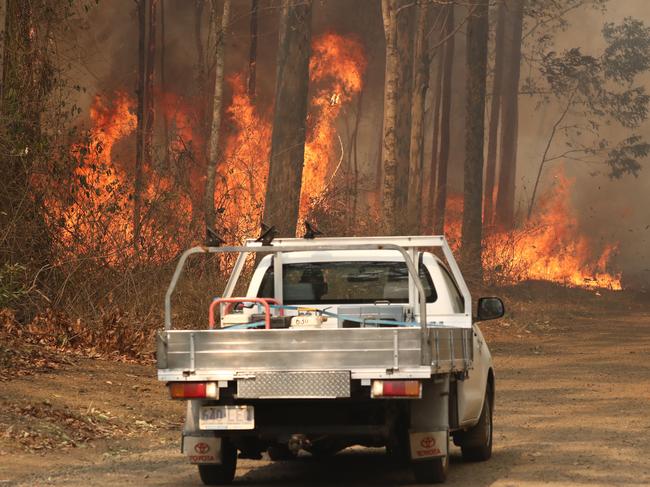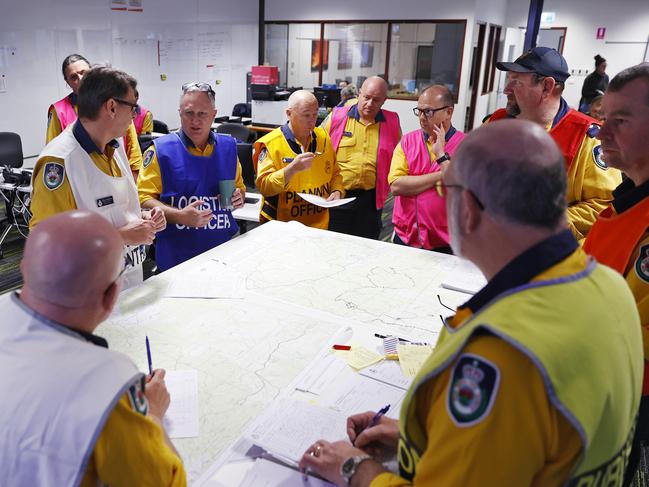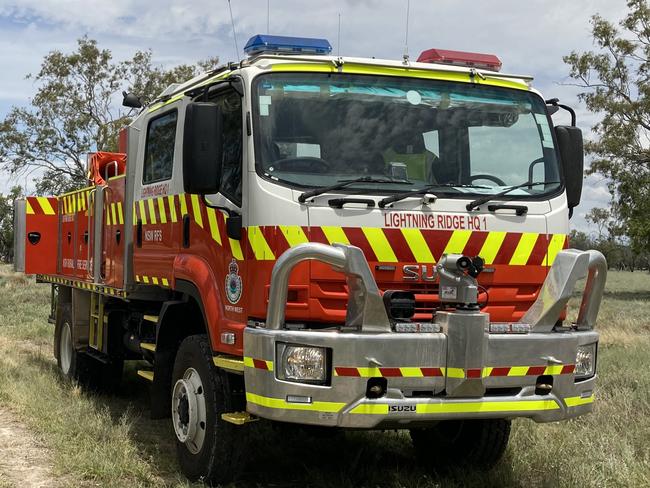NSW is still not ready to fight bushfires
All 15 recommendations from the bushfire Royal Commission directed to the federal government have been completed but governments across Australia are lagging behind on preparing for the upcoming fire season.
NSW
Don't miss out on the headlines from NSW. Followed categories will be added to My News.
Exclusive: All 15 recommendations from the bushfire Royal Commission directed to the federal government have now been completed but governments across Australia are lagging behind on preparing for the upcoming fire season.
Three years after the Royal Commission into Natural Disaster Arrangements delivered its final report, Emergency Management Minister Murray Watt said all 15 recommendations for which the federal government was responsible have been implemented.
They include establishing the Natural Emergency Management Agency (NEMA), creating a flagship Disaster Recovery Fund and starting a national stockpile of emergency services goods.
The national situation room to co-ordinate disaster management has been significantly upgraded and a warning system has been created to provide “nationally consistent” warnings for emergencies, Mr Watt said.
However, of the 42 recommendations jointly directed to the Commonwealth, states and territories, only one has been finalised – conducting national multi-agency exercises to test emergency responses.

“Completing these recommendations puts Australia in a much stronger position,” Mr Watt said.
“When we were elected in 2022 we were passionate about learning the past lessons and getting the recommendations finalised so that communities were better prepared for disasters than they had been in the past.

“These recommendations include a range of improvements which deliver better collaboration between governments and agencies, better access to resources and streamlining support.”
Meanwhile, the NSW government still hasn’t finished implementing the recommendations from a state inquiry into the 2019-20 fires.

Of the recommendations made, 148 (or 84 per cent) have been completed, while 24 (16 per cent) are still “in progress”.
They include a recommendation to update policies to better handle “unresolved issues” with cross-agency accountability, better equip the Rural Fire Service with more information on structures at risk of bushfire, and ensuring regional priorities for hazard reduction burns are “clearly communicated” to the community.
The RFS is still working on fitting remote sensors to its Cessna aircraft to monitor “asset protection zones” and developing a long-term “cultural fire management strategy” in partnership with Aboriginal communities.
A redesigned “bush fire planning framework” developed by the RFS and the Environment Department was due to be finished by the end of the year.
The government is also still working on ensuring enough backup options are available to ensure essential telecommunications equipment remains online.
The RFS is also still rolling out mobile data terminals into firefighting vehicles.





